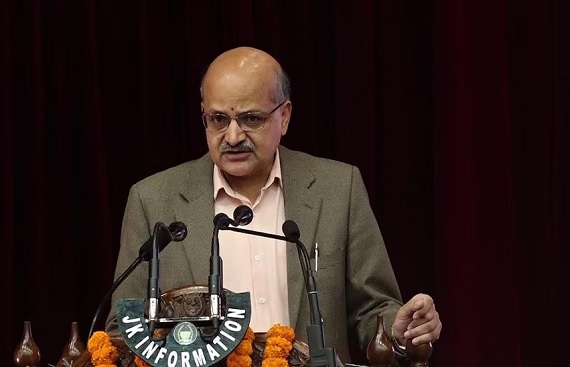NITI Aayog CEO Highlights India's Demographic Dividend as Key Driver for Global Growth
By
siliconindia | Friday, 18 April 2025, 08:36 Hrs

NITI Aayog CEO B. V. R. Subrahmanyam has shown immense confidence in India's demographic edge, making the country a key force in the global workforce and education sector. At an event, Subrahmanyam reiterated that India's youthful and increasing population would make it the world's largest provider of working-age people in the next few decades, a huge plus as developed nations grapple with declining populations.
Subrahmanyam pointed out that for the first time in human history, the world population is now starting to decline, especially in developed countries. For example, Japan and Germany already employ skilled labor from India because of their fast-declining working-age population. Japan is said to be employing 15,000 Indian nurses, and Germany is importing 20,000 healthcare professionals to meet their manpower needs. The trend reflects an increasing dependence on India as a reliable source of experienced manpower.
Also, Subrahmanyam explained India's capacity to emerge as the world's foremost education center. "The one biggest benefit that India possesses, other than anything else, is its democracy", he noted, implying that India's strong schools and universities, along with democratic system of governance, may provide a drawing power for students and professionals all over the world. He further implored Indian businesses, specifically law firms and accounting businesses, to be the leaders of the world.
India's demographic dividend is another important strength Subrahmanyam mentioned. The median age of the country is a mere 28.4 years, with most of the population falling in the productive working age bracket. Just about 26% of Indians are below the age of 14, while 67% are between the ages of 15 and 64, whereas in the US (17%) and Europe (21%), the elderly population percentage is higher. This young population gives India a special advantage, especially since other countries are facing an aging labor force.
India is poised to have 1.04 billion working-age individuals in 2030, adding 24.3% of the world's workforce over the next ten years, as per a recent report by EY. With a low dependency ratio projected to hit just 31.2% by 2030 India will be in a position to provide an increasing pool of labor, making it an even more important economic powerhouse.
Subrahmanyam also estimated that the economy of India, now the fifth-biggest in the world, will overtake Germany and Japan's economy in the next three years to become the third-largest economy. By 2047, he foresees India potentially rising to become the second-biggest economy in the world with a GDP of $30 trillion.
Since the international labor market is being tested by the issues of aging population, India's comparatively youthful and large population stands to fill a significant part in fulfilling the needs of trained workers in various sectors, consolidating its status as a focal figure in the world economy.
